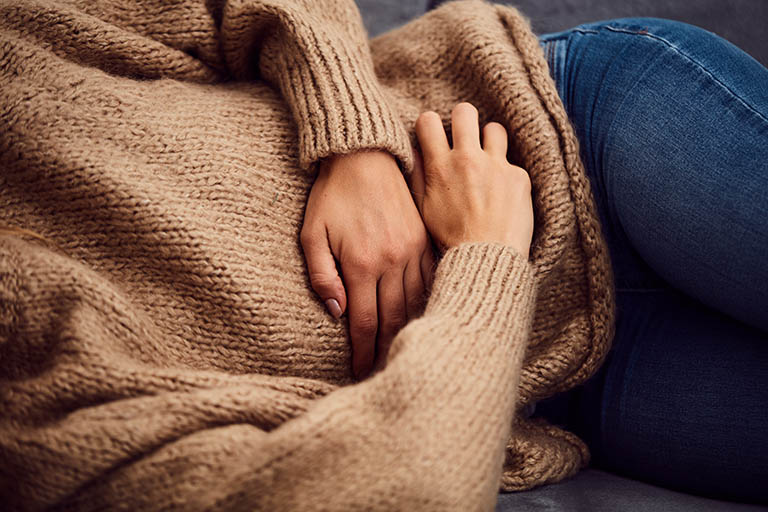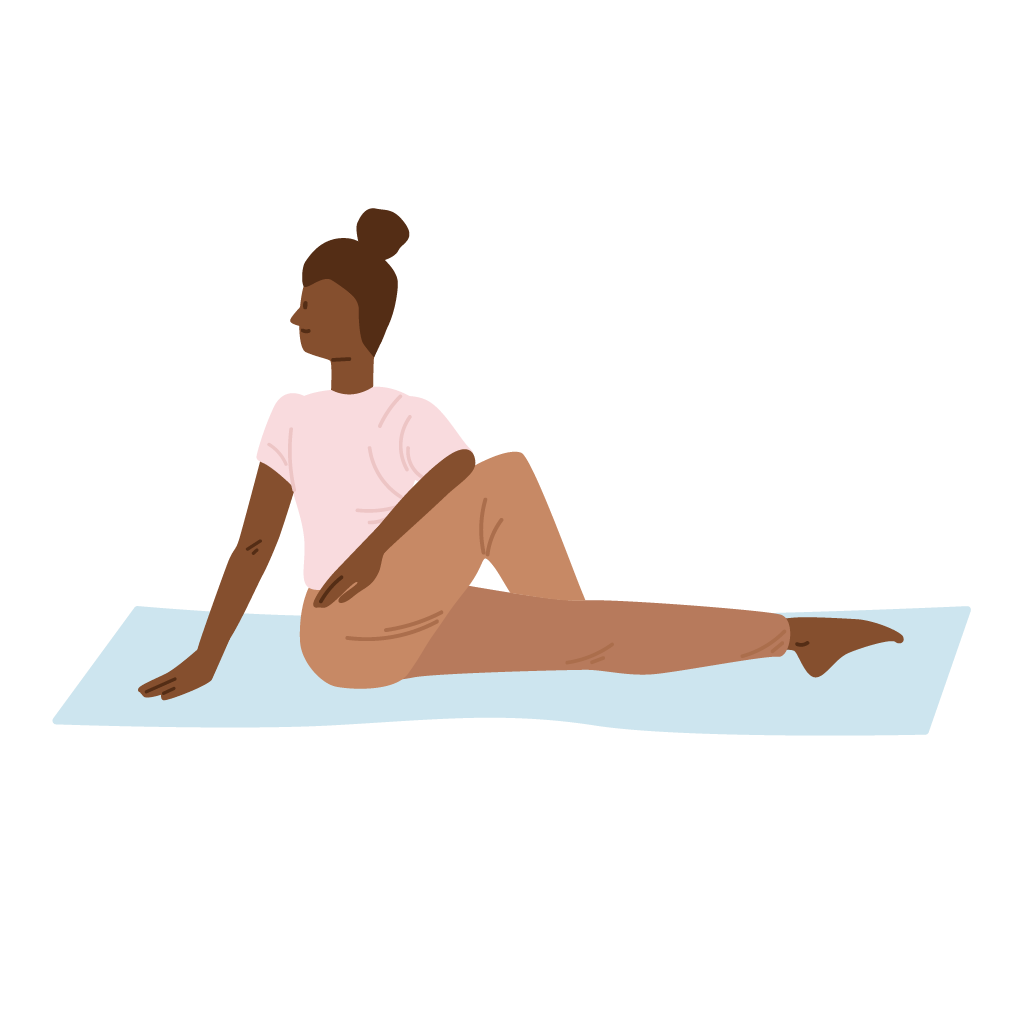Indulging over the holidays: How to avoid and deal with overeating

For many of us, overeating is as much of a holiday staple as flashy decorations or eggnog. It’s such a natural thing that the thought of NOT stuffing ourselves can feel like a foreign concept. But what can you do to prevent it? And if... okay, when you do end up eating too much, how can you ease some of the discomfort? We talked to Kelsey Bos, a disability case manager at Manitoba Blue Cross, certified with the Canadian Society for Exercise Physiology (CSEP), to learn more.
Preventing discomfort
Naturally, while having a healthy diet with proper portions will help prevent discomfort from even arising, it’s easier said than done. But there area few simple things you can do to help curb overeating and remain comfortable, says Bos.
“Eating fiber-rich foods (fruits, vegetables, nuts) and drinking a lot of water will help avoid constipation and bloating,” she says.
Portion size is also vital to avoid discomfort. Most people probably don’t bring measuring cups to their holiday dinner, but there are a few tricks you can use to estimate portion sizes, says Bos. “On your plate, fruits and vegetables should be the size of your fist, fats (like cheese or nuts) should be the size of your thumb, proteins should be the size of your palm and carbs should be a cupped handful.”
Dealing with discomfort
All that being said, let’s face it – overeating happens. So what can we do once we’ve taken that last bite and the bloat starts to settle in?
"Bloating is caused by undigested food in the stomach, so swallowing air (which is more likely when we eat too quickly) or eating foods that promote gassiness, such as cheese, beans or cabbage, will make things uncomfortable for us,” Bos says.
You may be tempted to lay down right after the meal but laying down within 30 minutes can promote acid reflux for those who are susceptible. Bos recommends sitting upright and not slouching to aid digestion. After around half an hour, laying down on your left side can help relieve bloating. “This basically works with gravity to move the waste from the small intestine to the large intestine and also helps with relieving gas,” says Bos.
Light exercise, like walking, at least half an hour after eating can also help get things moving.
“When we exercise, it increases blood flow and directs it to go towards the digestive system so that the blood helps with the energy in and around the area and helps with the digestion of food,” she says. “Exercising can also basically massage the food along.”
Bos also points to some yoga stretches to help relieve bloating:
- Seated heart opener
Lean back and push your chest forward. “This opens up the digestive system in the stomach and helps make room,” says Bos.

- Knees to chest
Laying on your back, bring your knees to your chest and hold. “In yoga, this is also known as the wind-relieving pose,” says Bos.

- Spinal twist
Lay on your back and bring your knees up into a bent position with your feet flat on the floor, and then take your knees and drop them down to one side while looking in the opposite direction. This stretch helps open up the abdominal area to create a less “full” feeling.

- Spine bridge
On your back with your knees bent, push your hips up towards the floor, creating a bridge. Like the spinal twist, this helps open up the abdominal area. Note: This stretch is not helpful for people prone to acid reflux.

- One-legged seated twist
In a seated position, bring one of your knees toward your chest and turn away. Be sure to do the stretch on both sides. This stretch helps massage the bowel area to keep things moving.

- Cat cow
On all fours, with a neutral back, arch your back as if you were a cat and then bring it back down. Like the seated twist, this stretch helps massage the bowel area.


- Child pose
On all fours, reach your hands in front of you and sit your glutes back on your heels. This stretch also helps massage the bowel area.

While it may be difficult, especially in a social setting, it’s also best to avoid alcohol and coffee right after eating to help prevent acid reflux if you are susceptible.
Although bloating and discomfort typically doesn’t last until the next morning, if it does persist, it’s best to get some exercise in and get back to a healthy eating routine.
“Getting back to exercising and eating proper portions can help keep you on track. It's important to remember that one night of overeating doesn’t have to derail a healthy routine," says Bos.





.jpg)
